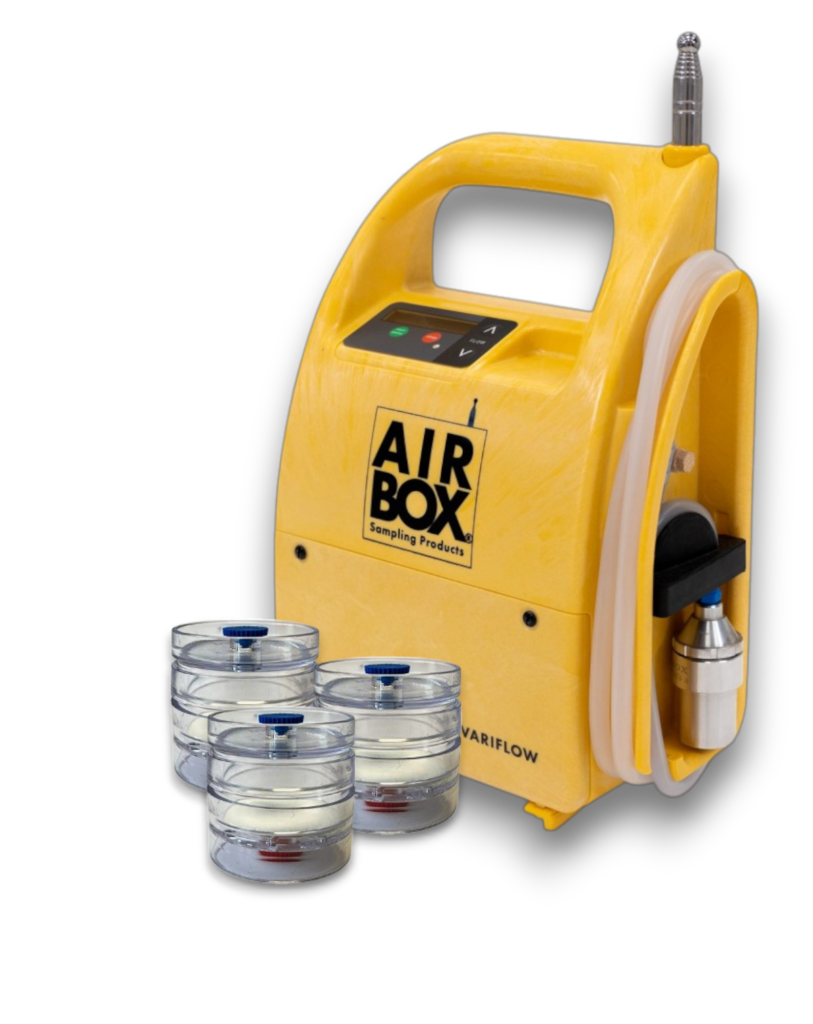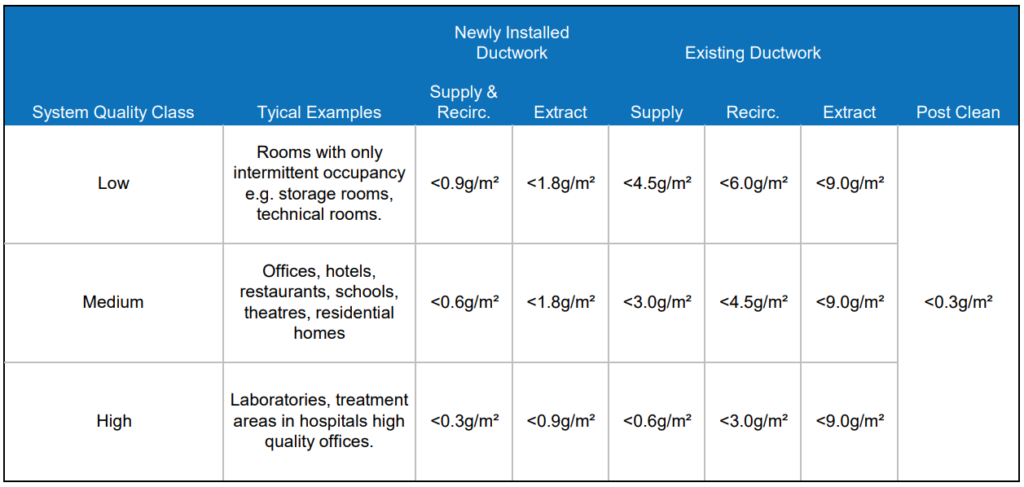European Vacuum Test (EVT)
As per BS EN 15780 & TR19® Air Specification: The Specification for Internal Cleanliness and Hygiene Management of Ventilation Systems.
What Is It?
The European Vacuum Test (EVT) is a method used to assess the cleanliness of internal ductwork surfaces in ventilation systems, especially after cleaning. It is defined in the European standard BS EN 15780 and widely adopted in the UK through BESA’s TR19 guidance. This test was previously known as The Preferred Vacuum Test (PVT).

Key Benefits of the European Vacuum Test (EVT)
- Accurate Results – Provides objective, measurable dust levels (mg/m²).
- Standards Compliant – Meets BS EN 15780 and TR19 requirements.
- Proves Cleaning Quality – Confirms ductwork is properly cleaned.
- Improves Air Quality – Helps maintain a healthy indoor environment.
- Reduces Risks – Minimises dust, mould, and contamination spread.
- Boosts Efficiency – Clean ducts = better HVAC performance & lower energy costs.
- Audit Ready – Offers documented proof for inspections and compliance.
BS EN 15780 defines three cleanliness classes, each with its own maximum allowable dust level in milligrams per square meter (mg/m²):

Equipment Needed
- Vacuum pump (calibrated, ~15 L/min airflow)
- EVT Capsule (weighable, collects dust)
- Precision balance scale (accurate to 0.1 mg or better)
- Template for defining test area (10 cm × 10 cm = 0.01 m²)
- Access tools and PPE
Test Procedure
- Pre-Weighed EVT Capsule
- Use the supplied EVT capsule
- Vacuum the Test Area
- Place the 10 cm × 10 cm (0.01 m²) template on the duct surface.
- Use the vacuum pump to sample dust through the filter capsule.
- Ensure even coverage of the entire area.
- Final Step
- Record the details of the capsule on the analysis sheet
- Return back to Hasman – 307 Century Buildings, Tower Street, Liverpool. L3 4BJ
Summary
- EVT is a quantitative test for post-cleaning verification of ductwork.
- It uses a vacuum with a filter capsule to sample dust over a known area.
- Results are scaled to mg/m² and compared to BS EN 15780 thresholds.
- The smaller the area, the more important precise weighing becomes.
- Common in compliance with TR19 cleaning verification.




